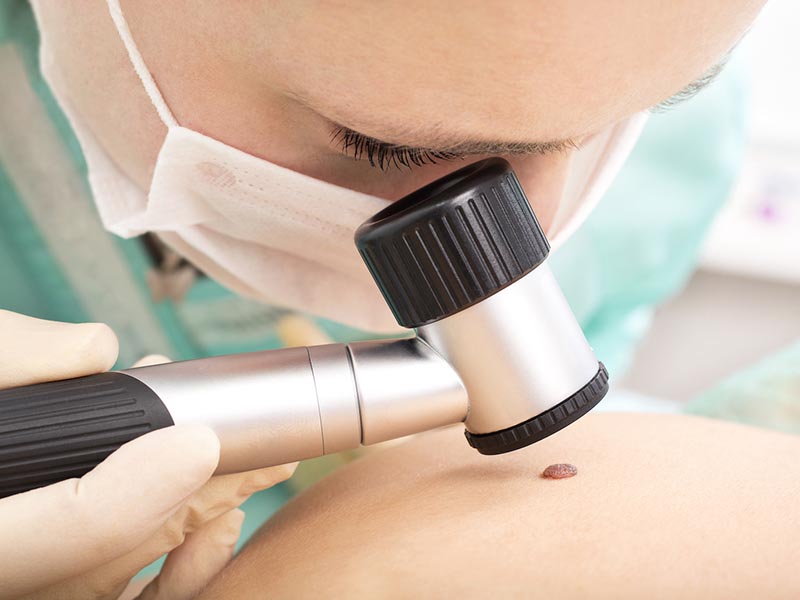
At What Ages Does Severe Obesity Affect Skin Quality?
Severe obesity is defined as having a body mass index (BMI) over 30. With weight gain, insulin resistance increases throughout the body, leading to a chronic inflammatory response that affects the entire system. The skin, being the largest organ of the body, is significantly impacted by these changes. Chronic inflammation results in changes in the skin, leading to dryness, thickening, rough texture, and a reddish appearance in the face, particularly in patients who lack long-term weight control. In overweight individuals whose weight control has been irregular since adolescence, stretch marks become a significant concern.
Stretch marks occur in areas of intense fat accumulation, such as the breasts, hips, abdomen, and outer thighs, as a result of excessive skin stretching. Initially, they appear as red linear lines and eventually transition to purple or pearly white shades, forming depressed areas on the skin. These marks are dermal scars resulting from the breakdown of collagen bundles and elastin fibers due to chronic inflammation. Even after weight loss, it is nearly impossible to eliminate stretch marks without surgical intervention to remove the affected areas.
Although subcutaneous collagen production in obese patients is not different from that of healthy individuals, prolonged exposure to high blood sugar levels damages its structure, making it more fragile. This collagen degradation persists even after significant weight loss, presenting as premature aging, reduced skin thickness and turgor, and loss of subcutaneous tissue.
Skin folds, which are prominent due to excessive fat deposition in areas such as the underarms, inner thighs, and under the breasts, often develop skin infections due to increased sweating, moisture retention, and body temperature. These infections include fungal infections, folliculitis (inflammation of hair follicles), and other bacterial infections. Fungal infections are particularly common due to impaired skin microcirculation, irritation, and Candida colonization.
In obese individuals, the disruption of the skin barrier often results in cellulitis, an acute bacterial skin infection frequently observed on the legs. In cases of acute cellulitis, obese patients often experience complications such as venous insufficiency and lymphatic dysfunction, leading to lymphedema.